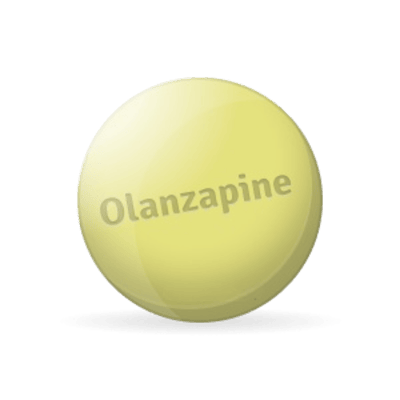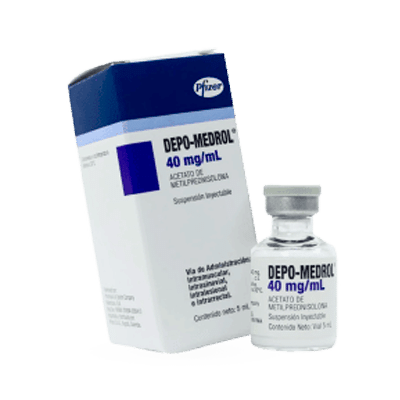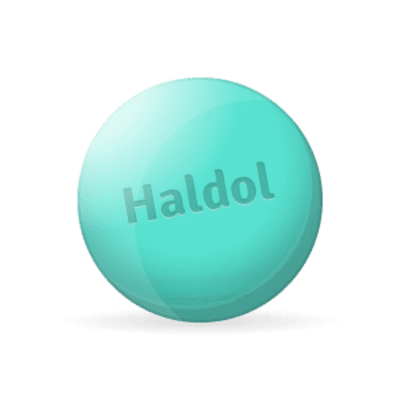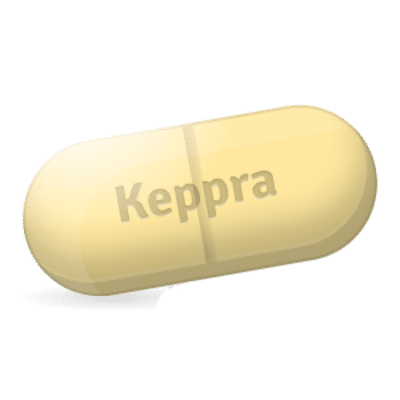I took Olanzapine as prescribed by my doctor to treat bipolar disorder. After a few weeks I noticed an improvement in my mood, and my manic episodes became less frequent. There were practically no side effects, only a little drowsiness at the beginning.

Olanzapine
Active ingredients: Olanzapine- Quality products
- Support 24/7
- Fast delivery
What is it?
Olanzapine is an antipsychotic used to treat a variety of mental disorders. This drug belongs to a class of atypical antipsychotics, which act on receptors in the brain to affect the balance of neurotransmitters such as dopamine and serotonin. Olanzapine is widely used to treat schizophrenia, bipolar disorder, and other conditions associated with psychosis.
This drug differs from traditional antipsychotics in that it has a lower risk of causing extrapyramidal symptoms such as tremors or muscle stiffness. Olanzapine helps control symptoms such as hallucinations, paranoia, disorganized thinking, and severe mood swings. In addition, it can be used to prevent relapses in the long-term treatment of mental disorders.
Olanzapine is available as an oral tablet or as an injection, allowing you to choose the most appropriate route of administration for your condition.
Composition
Olanzapine contains the active substance of the same name - Olanzapine, which provides the therapeutic effect of the drug. Depending on the form of release and the manufacturer, the composition may include additional components that ensure the stability, safety and ease of use of the drug.
The composition of the drug may include the following excipients:
- Lactose monohydrate - used as a filler and to improve the taste of tablets.
- Microcrystalline cellulose - ensures the stability of the tablet shape and makes them easier to swallow.
- Crospovidone - improves the solubility and digestibility of the active substance.
- Magnesium stearate - acts as a lubricant, preventing the components of the tablet from sticking together.
- Talc - used to improve the texture and prevent the tablets from sticking together.
Each of these components plays an important role in ensuring the quality and effectiveness of the drug, as well as its ease of use for patients.
How to use?
Using Olanzapine correctly is key to achieving the optimal therapeutic effect and minimizing side effects. The drug is taken orally, usually once a day, with or without food. It is important to follow your doctors instructions to avoid overdosing or underdosing, which can reduce the effectiveness of treatment.
Basic steps for taking Olanzapine:
- Take the drug at the same time every day to maintain a stable level of the drug in the blood.
- Do not chew or crush the tablets - they should be swallowed whole with plenty of water.
- If you miss a dose, take it as soon as possible, but if it is close to the time of your next dose, skip the missed dose and continue treatment as usual. Do not double the dose.
Following these recommendations can ensure the best effect of treatment and reduce the likelihood of adverse reactions. It is important not to stop taking Olanzapine on your own and without consulting your doctor, even if your symptoms improve.
How does it work?
Olanzapine acts at the level of the central nervous system, affecting the balance of various neurotransmitters - chemicals that transmit signals between nerve cells. The drugs main action is aimed at dopamine and serotonin receptors, two key neurotransmitters associated with the regulation of mood, behavior and perception of reality.
By blocking dopamine receptors, Olanzapine helps reduce symptoms of psychosis, such as hallucinations and delusions, which are often associated with excessive activity of dopamine pathways in the brain. At the same time, the effect on serotonin receptors helps improve mood and reduce anxiety, which makes Olanzapine effective in the treatment of both schizophrenia and bipolar disorder.
This complex mechanism of action allows Olanzapine not only to effectively control acute psychotic symptoms, but also to stabilize the patients condition in the long term, preventing relapses and improving the overall quality of life.
Indications
Olanzapine is used to treat a variety of mental disorders, where it has shown high efficacy. The main indications for use include:
- Schizophrenia - Olanzapine helps to manage symptoms such as hallucinations, delusions, and impaired thinking, and prevents relapses of the disease.
- Bipolar disorder - used both to treat acute mania and to stabilize mood and prevent further episodes of mania or depression.
- Acute psychotic episodes - Olanzapine helps to quickly and effectively relieve symptoms of psychosis.
- Schizoaffective disorder - the drug can be used to stabilize mood and control symptoms of psychosis in patients with this disorder.
These indications cover a wide range of mental disorders in which Olanzapine helps to improve the patients condition, alleviating symptoms and reducing the risk of relapse.
Contraindications
Contraindications to the use of Olanzapine must be taken into account in order to avoid undesirable consequences and complications during treatment. The drug is not recommended for use in the following cases:
- Hypersensitivity or allergy to Olanzapine or any of the auxiliary components of the drug.
- Severe liver disease, since Olanzapine is metabolized in the liver and can worsen its condition.
- Acute intoxication with alcohol or drugs, since the combined effect can lead to increased sedation and respiratory depression.
- Closed-angle glaucoma, since Olanzapine can increase intraocular pressure.
- Pregnancy and lactation, unless the benefit to the mother outweighs the potential risk to the fetus or child.
These contraindications emphasize the need for a thorough assessment of the patients condition before starting treatment with Olanzapine. It is important to consult a doctor and inform him about all existing diseases and body characteristics in order to avoid possible complications.
Side effects
Like any other medication, Olanzapine may have side effects, and it is important to be prepared for them. The most common side effects include:
- Weight gain is one of the most common side effects, which may be associated with changes in metabolism and increased appetite.
- Drowsiness and fatigue - may occur especially at the beginning of treatment, but over time these symptoms usually subside.
- Increased blood sugar and cholesterol levels - especially in patients with a predisposition to diabetes or lipid metabolism disorders.
- Dizziness - especially when standing up suddenly, which is why it is recommended to get up slowly to avoid falls.
- Dry mouth - may be temporary, but sometimes additional hydration of the mucous membrane is required.
These side effects vary in intensity and frequency, and most of them decrease as the body gets used to the drug. However, if serious or persistent adverse reactions occur, it is important to consult a doctor to adjust the dosage or select an alternative treatment.
Frequently asked questions
Olanzapine Reviews and Experiences
After we started taking Olanzapine, our condition improved significantly. The hallucinations went away, anxiety decreased. True, at first it was difficult to wake up in the morning, but then the body got used to it.
Olanzapine helped me cope with psychotic episodes. I tried several drugs, but this one gave me a stable result. The only downside is that I gained a lot of weight in a couple of months.









